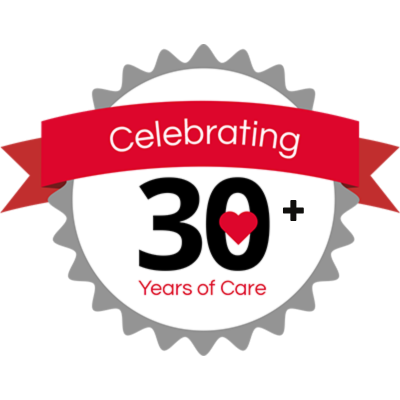UTIs (Urinary Tract Infection/s) are no laughing matter. For anyone who has had them, they are painful and can even lead to a host of other issues if left untreated. What are they and how do they affect the older population differently than everyone else?
What is a UTI?
According to WebMD, “A urinary tract infection, or UTI, is an infection in any part of your urinary system, which includes your kidneys, bladder, ureters, and urethra. If you’re a woman, your chance of getting a urinary tract infection is high. Some experts rank your lifetime risk of getting one as high as 1 in 2, with many women having repeat infections, sometimes for years. About 1 in 10 men will get a UTI in their lifetime.”
UTIs are quite common for women as it turns out. Approximately half of the women reading this article today will already have experienced one.
Symptoms of a UTI
- The symptoms for adults can include:
- Burning during urination
- Feeling tired and shaky
- Urge to urinate frequently
- Slight fever and/or chills
- Pressure or pain in lower back or abdomen
- Dark, cloudy or unusual smelling urine
How is a UTI different in Older Adults?
When we’re young, the experience may be quite simple. We feel terrible, or notice that our urine doesn’t look quite right. We see our doctor and he gives us antibiotics and the infection is knocked out fairly quickly.
Older adults, especially for those who have existing conditions, such as Alzheimer’s/Dementia, Diabetes or Parkinson’s, catheter use or a prolapsed bladder run the risk of having different symptoms than usually seen. Because there may not be a high communication level with some patients, there may also be a risk that the infection goes untreated for too long. These patients then could experience a stronger infection, including sepsis or a life threatening blood infection.
Symptoms in older adults can include:
- Delirium or Confusion
- Agitation
- Incontinence
- Extreme lethargy
- Decreased appetite
- Nausea/vomiting
Treatment of a UTI
Treatment is actually quite simple when the infection is caught early. The physician will usually prescribe a schedule of narrow-spectrum antibiotics over the shortest period of time possible. Overuse of antibiotics can lead to antibiotic resistance, so generally a shorter route is better, especially for older patients.
If the patient is generally healthy overall and the infection is caught early, the course of treatment may only be 1-3 days. Of course, antibiotics prescribed will be cross checked with existing medications for safety.
In cases of extreme infections, a patient may need to be hospitalized for intravenous antibiotics.
Parallel Home Treatments
Once diagnosed and taking the appropriate antibiotics, other things that can be done to aid in clearing the infection or managing the discomfort are:
- Drinking plenty of water (even though the patient may not want to)
- Using heating pad or hot water bottle on lower back or abdomen
- Using Advil, Tylenol, Azo or other over the counter medications to manage any pain (as long as the OTC meds are compatible with any pre-existing medications. ***Always check with the doctor to see what’s safe.
Wrap Up
While common, UTIs can lead to unwanted pain and possibly serious medical issues for older adults. But with proper and quick treatment, can clear up easily. If you think you or a loved one may have a UTI, speak with the family physician quickly for a simple test.
~ ~ ~
Do you have questions about how you can better support your loved one while they age in place in South Florida or regarding homecare in general? Please contact CareGivers of America here: Contact or call us toll free: 800-342-4197
*No information in this article is to be taken as advice, medical or otherwise. This post is not sponsored, but may contain external links to websites, articles or product examples. External links are used for example or refence purposes only and these links do not indicate specific product or website endorsement by CareGivers of America.





